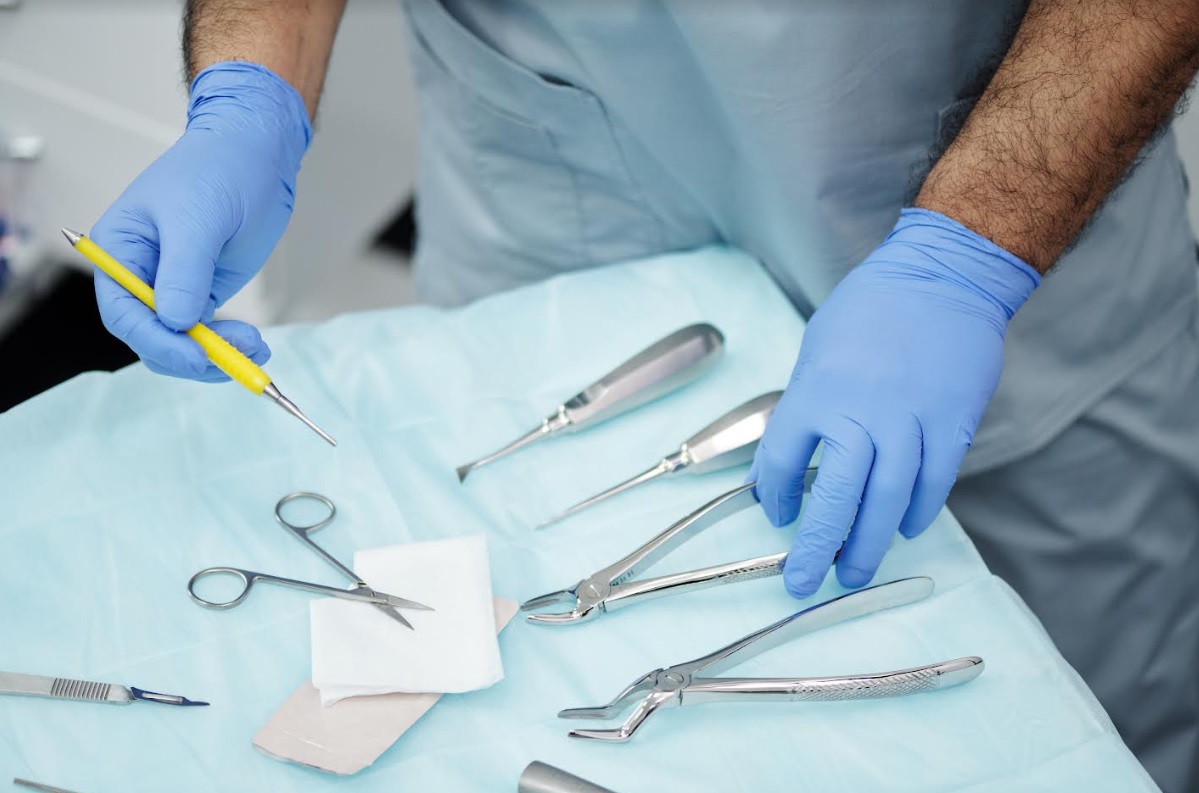Breast revision surgery is a cosmetic procedure that aims to modify or replace existing breast implants. Women who have undergone breast augmentation surgery may seek breast revision due to changes in their body, such as aging, pregnancy, or weight fluctuations. Keep reading to learn more.
What Are the Purpose and Benefits of Breast Revision Surgery?
Breast revision surgery serves multiple purposes, from correcting aesthetic irregularities in the implant’s positioning to upgrading implants for a more natural or youthful look. The surgery offers a range of benefits that can significantly enhance your appearance and boost your self-confidence. Here are some key benefits of breast revision surgery:
Improved Symmetry
Breast revision surgery is an ideal option if you are seeking to address asymmetry in your breasts. Over time, factors such as aging or complications from previous breast revision techniques can lead to unevenness in breast shape and position. By carefully adjusting the size, placement, or shape of the implants, a board-certified plastic surgeon can help achieve improved symmetry.
Enhanced Breast Size and Shape
If dissatisfied with the size or shape of your existing breast implants, breast revision surgery provides an opportunity to achieve your desired goals. Whether you want to increase or decrease your breast size, or reshape the implants for a more natural contour, breast revision surgery allows for adjustments that can create a more proportionate and balanced look.
Who Are Breast Revision Surgery Candidates?
Breast revision surgery is an option to improve the appearance of your breasts. While the exact criteria for eligibility may vary depending on individual circumstances, you may have to consider some general guidelines.
You may seek breast revision surgery because of many reasons. These include:
Implant Malposition
Breast implants can shift or bottom out over time due to the effects of gravity, aging, or changes in weight. This can result in an asymmetrical appearance, with one breast appearing lower or larger than the other. Breast revision surgery can correct implant malposition by repositioning the implants to a higher, more natural-looking location.
Capsular Contracture
Capsular contracture is a complication that can occur after breast augmentation, in which the body forms a thick, scar-like tissue that contracts around the implant, causing the implant to become hard, misshapen, and painful. Revision surgery can remove the scar tissue, replace the implant, and reposition the implant to restore a natural-looking breast contour.
Implant Rupture or Leakage
When a saline breast implant ruptures, the saline solution leaks out and is harmlessly absorbed by the body, causing a noticeable deflation of the breast. However, silicone implants require further attention to ensure they do not cause harm. If silicone implants rupture, surgeons will remove promptly to prevent leakage from spreading beyond the implant and into the surrounding tissue.
Changes in Breast Size or Shape
Changes in breast size or shape can occur over time due to factors, such as pregnancy, breastfeeding, weight fluctuations, or hormonal changes. Breast revision surgery can address these changes by reshaping or replacing the implant to restore a more attractive and balanced breast appearance.

What Is the Breast Revision Procedure?
Breast revision surgery involves the removal and replacement of existing breast implants or the reshaping of the breast tissue to correct any concerns or complications from previous breast augmentation procedures. Here is an overview of what to expect during the breast revision procedure:
Consultation and Planning
Before the breast revision procedure, a board-certified plastic surgeon will conduct a thorough consultation to evaluate your medical history and physical condition and discuss your aesthetic goals. The surgeon may also take measurements of the breasts, review any previous surgical records and imaging, and recommend the best course of action based on their professional expertise.
Anesthesia
Surgeons typically perform breast revision surgery under general anesthesia, which means you will be asleep and will not feel any discomfort during the procedure.
Incisions
The type and location of the incisions made for breast revision surgery will depend on the individual case and the desired outcome. Common incision locations include along the bottom of the breast (inframammary fold), around the areola (periareolar), or in the armpit (transaxillary). Once the surgeons make the incisions, they will carefully remove the old implants, address any complications, and reshape the breast tissue if necessary.
New Implants
After the surgeons remove the original implants, they can insert new implants. These can be the same size and type as the previous implants or resized or repositioned. The surgeon will then carefully close the incisions with sutures.
Recovery and Follow-Up
After the breast revision procedure, you will typically remain in the hospital for several hours for observation and then return home to begin the healing process. You may experience some discomfort, swelling, and bruising around the breasts, which you can manage with pain medication and compression garments. Depending on the extent of the procedure, you may resume normal activities within a few weeks.
Breast Revision FAQ
Can breast revision surgery help correct nipple or areola asymmetry?
Yes, breast revision surgery can address nipple or areola asymmetry by adjusting the implant pocket and reshaping the breast tissue to achieve improved symmetry and balance.
Is it possible to change the size or type of implant during breast revision surgery?
Yes, breast revision surgery offers an opportunity to upgrade or downsize the size of the implants to better align with your desired aesthetic goals. Depending on your unique situation, you can also consider switching from saline to silicone implants or vice versa.
How long do breast revision results typically last?
The longevity of breast revision results can vary depending on factors such as implant type, lifestyle choices, and natural aging processes. However, with proper care and regular follow-up visits with your plastic surgeon, you can help maintain the results of your breast revision surgery for many years.
